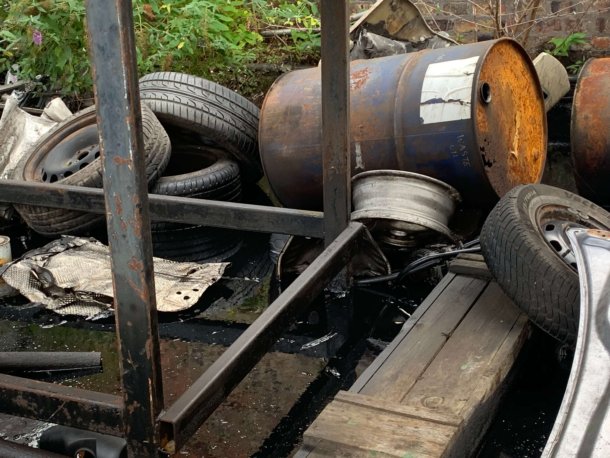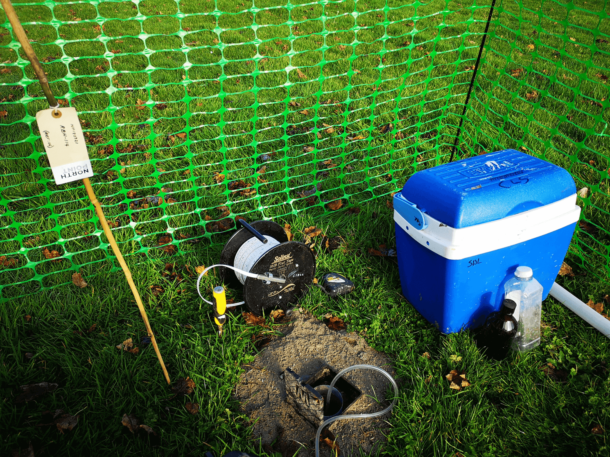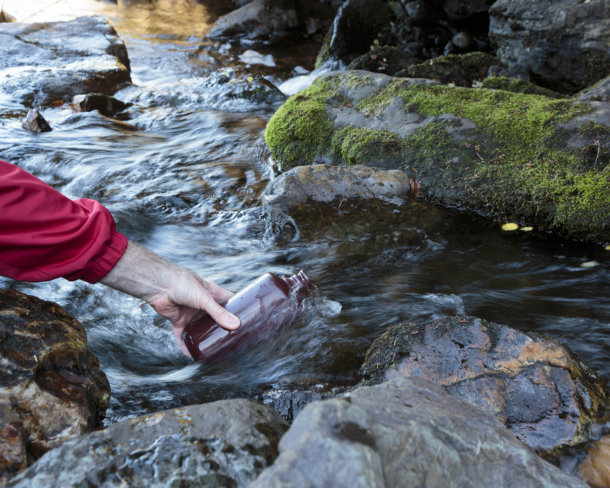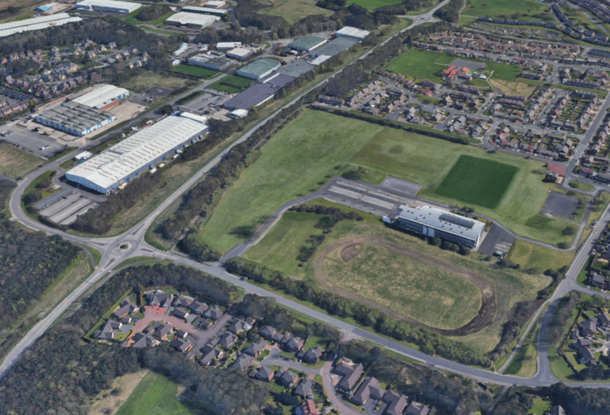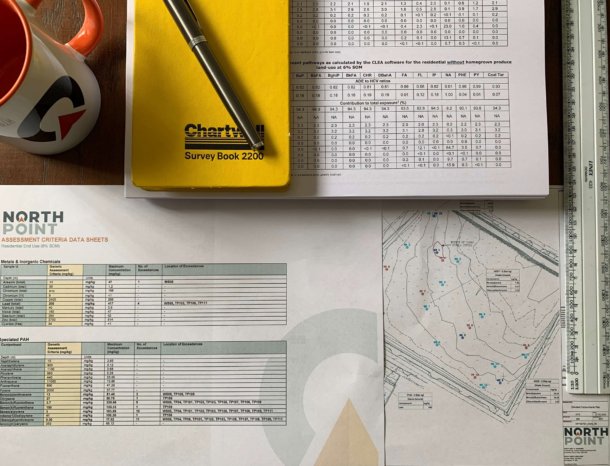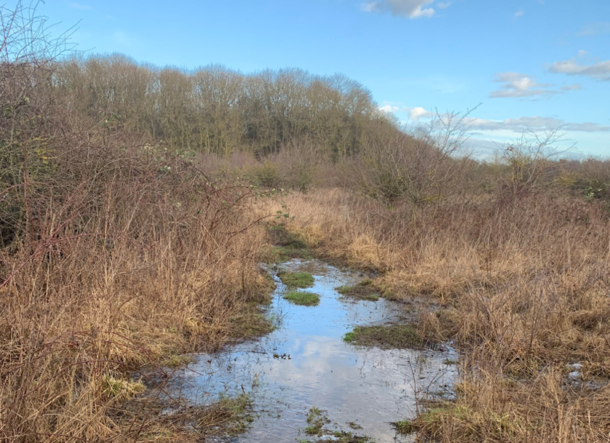A Contaminated Land Assessment looks for substances in the ground that are potentially hazardous or damaging to the health of the public or the environment surrounding the site.
The assessment will also look at how your building works could release any discovered substances into the environment. Our geoenvironmental consultants will then evaluate the hazards, using their extensive knowledge and experience, and look for solutions to manage and mitigate the risk.


